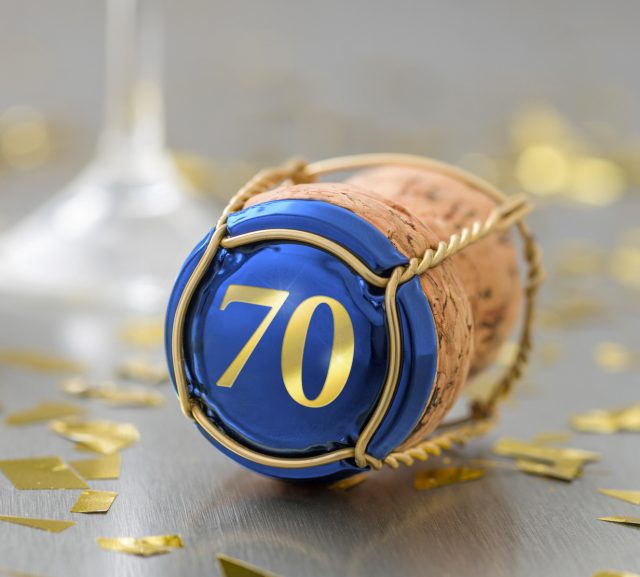This weekend will be marked by celebrations commemorating the Queen’s Platinum Jubilee. But how have drinking habits changed since the Golden Jubilee year of 2002 and the Diamond Jubilee of 2012?

the ‘less but better’ drinking movement has led to Brits reducing their alcohol consumption in recent years. The No and Low category is on the rise, and now commands a 3.5% volume share of the industry.
But in the run up to celebrations, how have British tastes evolved since previous Jubilees?
Beer’s command of the market has dropped 10% since 2002, from 70% to 60%.
Wine consumption, however, has grown from less than 15% in 2002 to nearly 20% now, according to IWSR data.
Spirits have also made steady progress, from 3% to 5% of the category share since 2002.
Cider, which doubled from 7% to 14% in the decade between the Golden and Diamond Jubilee, is back down to 12% now.
And RTDs have regained some popularity, accounting for 2% now, compared to 1% 10 years ago and 3% 20 years ago.
English sparkling wine volume consumption in the UK has more than tripled since the Diamond Jubilee, IWSR data has found.
More than 47% of Brits who drink English sparkling were sipping it more than once a week in 2021, compared with just one in four in 2017.
Like for like, the retailer’s English sparkling sales are up by over 58%. Perhaps unsurprisingly, residents of the Home Counties are the keenest consumers.
When it comes to cocktails, IWSR predicts that the Pornstar Martini, invented in the same year as the Golden Jubilee, will be the trendiest tipple. A surge in interest in cocktails has boosted the sales of spirits as well.
This article was originally published by the drinks business and has been shared with permission.




